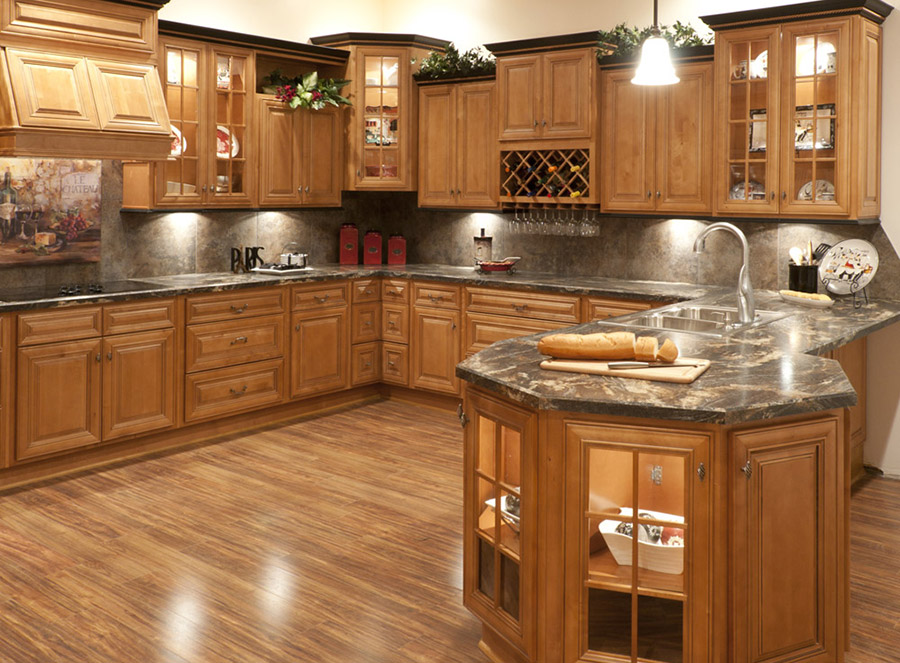Kitchen cabinet specifications
Publication date:2017-12-22 Heyond Cabinet Reading:159

CABINET SPECIFICATIONS
Cabinets are made of similar parts but how they are constructed, the kinds of woods used, the thicknesses and qualities of products, workmanship, quality control and more enter into “cabinet quality”.
A real technical study of kitchen cabinets would get into wood species, thickness of face frames, dovetail joints, mortise joints, etc.
This chapter is more basic trying to help you with information that is pretty much “generic”. If you want more detail on cabinet construction refer to your manufacturers information.
It's a good idea to be familiar with the technical aspects of the kitchen cabinets you sell, because that may justify a higher price, or enough of a reason to choose your cabinets instead of your competitors. Heyond, as a leading kitchen cabinet factory in China, can always provide support to our customers in term of technical or other aspects.
For example, a 5/8" face frame may look the same to the customer, but would cost less than a 3/4" face frame. If you have the 3/4" face frame you'll have to show the customer the benefits of the thicker face frame, or the customer will never know the difference. And unless you know the specifications of your specific cabinets you won't know these kinds of benefits.
Most kitchen cabinets will be sold on their looks and price, not on face frame thickness, etc., but when a customer is choosing between two or three equally appealing cabinets, the store with the look and the quality they like, has a better chance of making the sale.
DOOR STYLES
Door styles mean at least three things in this chapter. It is a vertical piece in a cabinet. It’s the decor of the door, such as French provincial, rustic, early American, etc. It’s easy for you to refer to your store displays, supplier’s information, etc., to see what is available. Not much learning, is required, it is more a case of being aware of what is available. Heyond Cabinet offer customers rich options of door style. We can either make door style upon customer's design or help customer develop a new door style.
DOOR AND DRAWER EDGE TREATMENTS
The third use of styles is the door/drawer edge treatment. These choices can make a difference in the kind of hardware used and the overall “look” of the kitchen. Here‘s a look at three popular door edge treatments.
Lipped Door
Usually a 3/8" lip, all around. This style edge treatment is better when cabinets are installed on walls that are out of square, not plumb, etc. The lip conceals any unevenness that might be seen in a flush door installation. Of course it’s a popular style for well constructed walls, too.
The semi-concealed hinge shown here is often used with the lipped door. The hinge may be equipped with a concealed spring, in which case it is self-closing, or a “catch” may be needed to hold the door shut.
Flush Style
These doors fit into the face frame so the outside surfaces are even. They make for a very smooth looking kitchen. If any shifting occurs the distance between the door edge and face frame opens up and becomes noticeable and doors may become difficult to open or close. Not too common. A hinge similar to the one shown here is often used.
Overlay Style
This is a popular door style because it can be used without door or drawer pulls or knobs. The edge above is shown square cut, but many times it is bevelled and the door is grabbed under the bevel to open it. Combined with self-closing hinges, no catches are required either.
Hardware can be added later for looks. This style door/drawer will cause the most problems in turning corners with base and wall cabinets. Semi-concealed pivot hinges shown at the right are often used. Then no hardware is visible on the cabinet face.



